A new exhibition celebrates the global sweep of Kenya-born British artist Magdalene Odundo
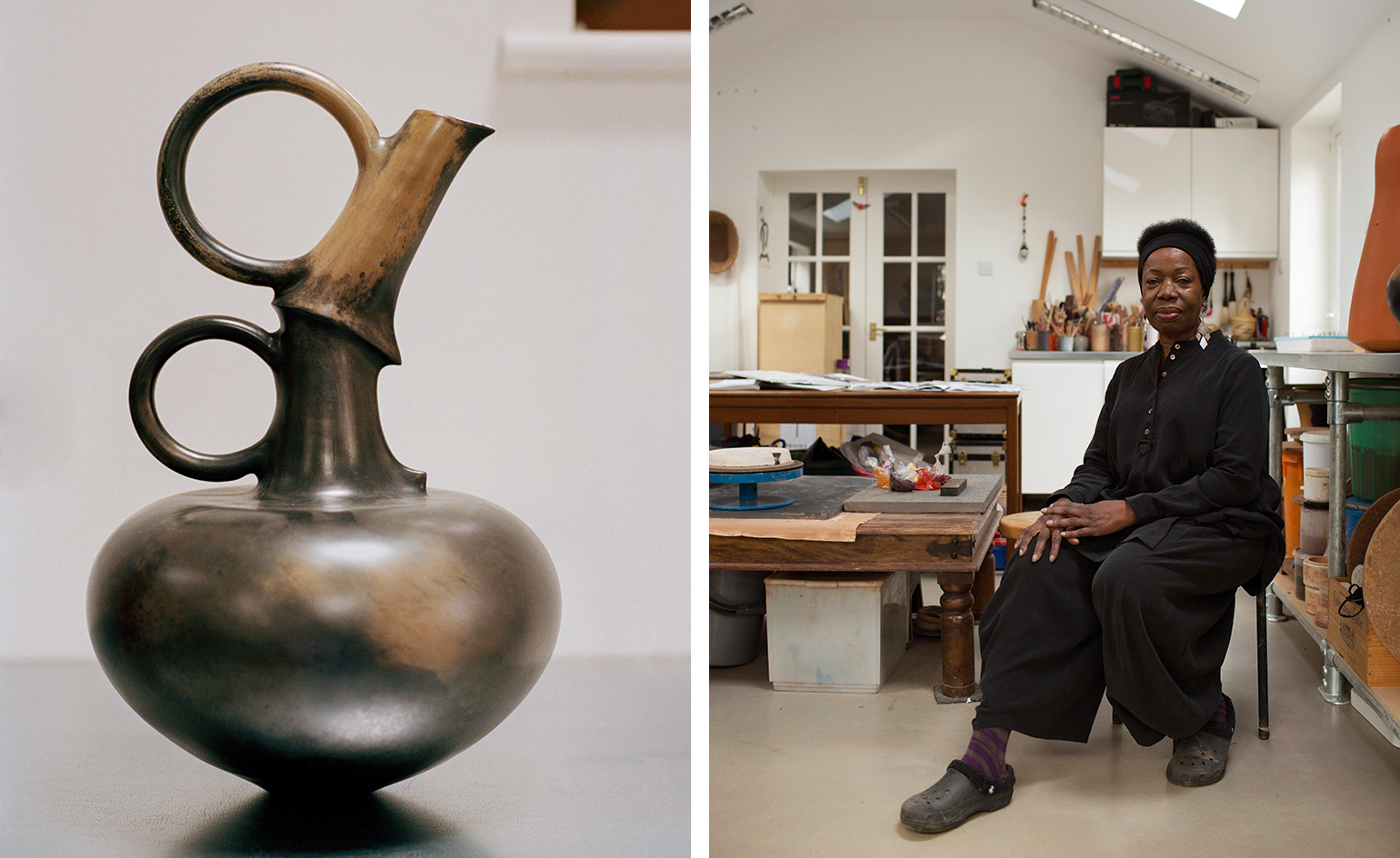
Sophie Green - Photography
Artist Magdalene Odundo is standing in her studio in Surrey, alongside architect Farshid Moussavi and Hepworth Wakefield chief curator Andrew Bonacina. In front of them lie images of Henry Moore sculptures, alabaster jars from Ancient Egypt, a 19th-century Ghanaian ritual doll and a Cycladic figure dating back to 2700 BC. The trio are discussing how these wide-ranging historical, cultural and technical references have influenced Odundo and, more pressingly, how to process this ahead of the biggest ever display of her work. On 16 February, ‘The Journey of Things’ will open at Hepworth Wakefield, pitching over 50 of Odundo’s sculptures alongside a panoply of contextual items from art, archaeology and fashion. The show aims to shed light on Odundo’s unique practice. It’s a retrospective in name, but in reality is a much broader take on numerous histories of art.
‘Space and place have always been very interesting to me,’ explains Odundo. Born in Kenya in 1950, she first moved to the UK aged 21 to attend the Cambridge School of Art, where she began to specialise in ceramic. A wanderlust and thirst for creative inspiration and technical knowledge saw the young Odundo travel to Nigeria, New Mexico and China, where in each case she absorbed elements of vernacular craftsmanship, which all fed into her visual language and found new form in her large-scale vessels. ‘I am a product of travel, and when you travel you gather a lot of information,’ she reflects.
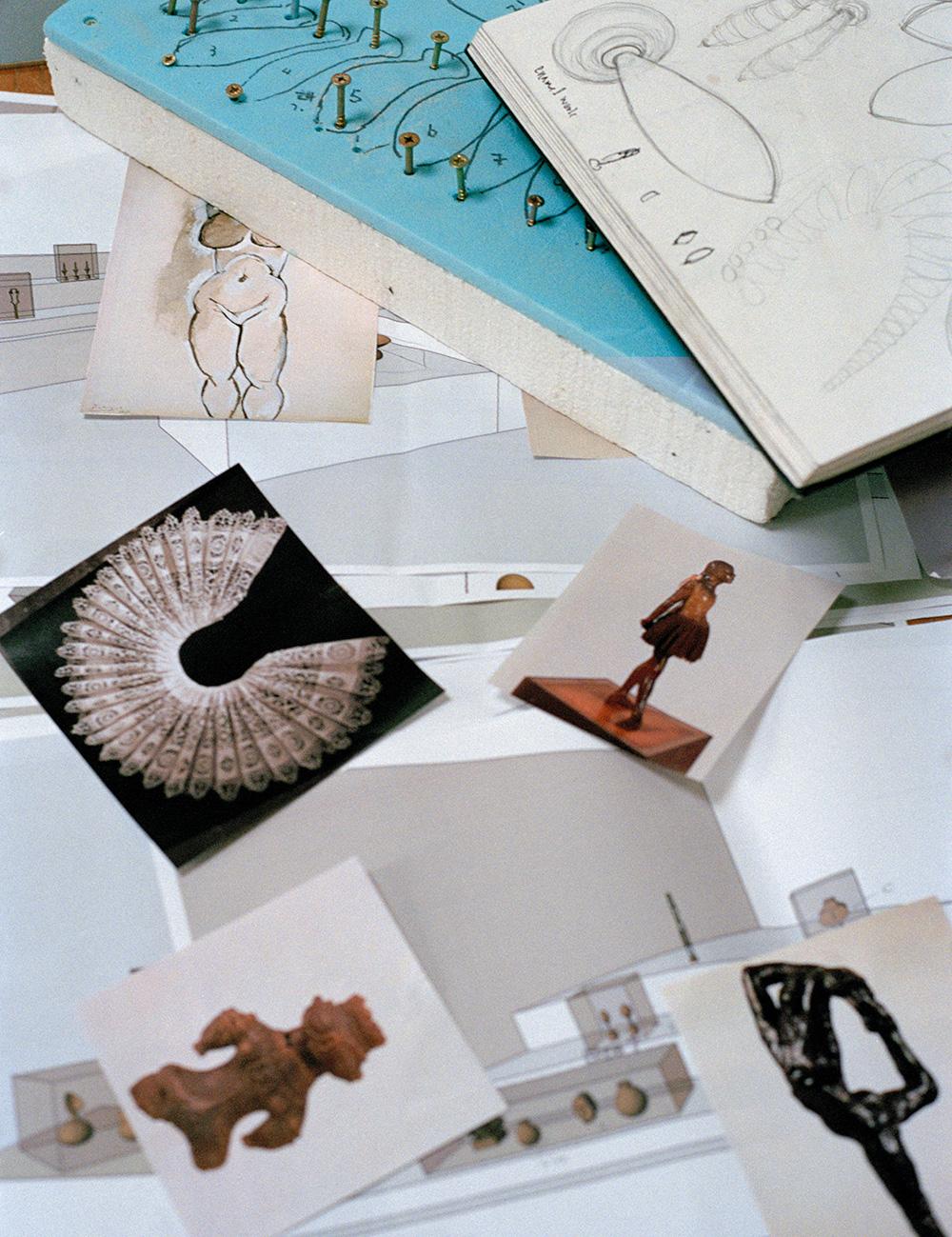
Research for the show, which will include Odundo’s inpirations, from an Elizabethan ruff to Edgar Degas’ dancers.
The exhibition at Hepworth Wakefield aims to lay these influences bare. It follows the museum’s 2017 exhibition, ‘Disobedient Bodies’ (W*216), which saw Jonathan Anderson display fashion alongside pieces by Jean Arp, Sarah Lucas and Lynn Chadwick. ‘As a new museum with a collection, we have the opportunity to tell new stories. We can experiment more and tell alternative histories with it,’ says Bonacina. With this in mind, featuring the work and influences of Odundo made perfect sense. ‘With Magdalene, I feel that the references are overwhelmingly important as they are so trans-historical and global in their reach,’ continues Bonacina. ‘To be able to look at that development over almost 40 years felt like such an opportunity.’
‘I am a product of travel, and when you travel you gather a lot of information’
Putting together the show has taken much research, with Bonacina poring over almost every lecture Odundo has given (she has taught at Loughborough University and London’s Goldsmiths, is chancellor and professor at the University of the Creative Arts in Farnham, and has lectured elsewhere in Europe and in the US) and reading every text to create a long list of objects that have influenced her work. These span from a 1900 BC Cypriot cup once owned by Barbara Hepworth and Edgar Degas’ ballerina drawings to, perhaps less obviously, an Elizabethan ruff. ‘That came up when I was working at the Commonwealth Institute and I took the kids to a museum,’ recalls Odundo. ‘They were trying on the clothes and I realised how much of ceramics was based on the human form.’
‘We’re telling a personal story and a very subjective history here. It’s not an academic history of ceramics or even of global object-making,’ says Bonacina. Instead, visual and applied art are used as props to tell the biography of one woman. As an example, Bonacina mentions a sculpture called Bird Swallowing a Fish by French artist Henri Gaudier-Brzeska that Odundo first saw when she moved to the UK. ‘Magdalene thought it was by an African artist,’ he says. ‘She was moving in the opposite direction to most modernist artists who were looking to Africa. She was an African artist coming to Europe and then looking back to Africa.’
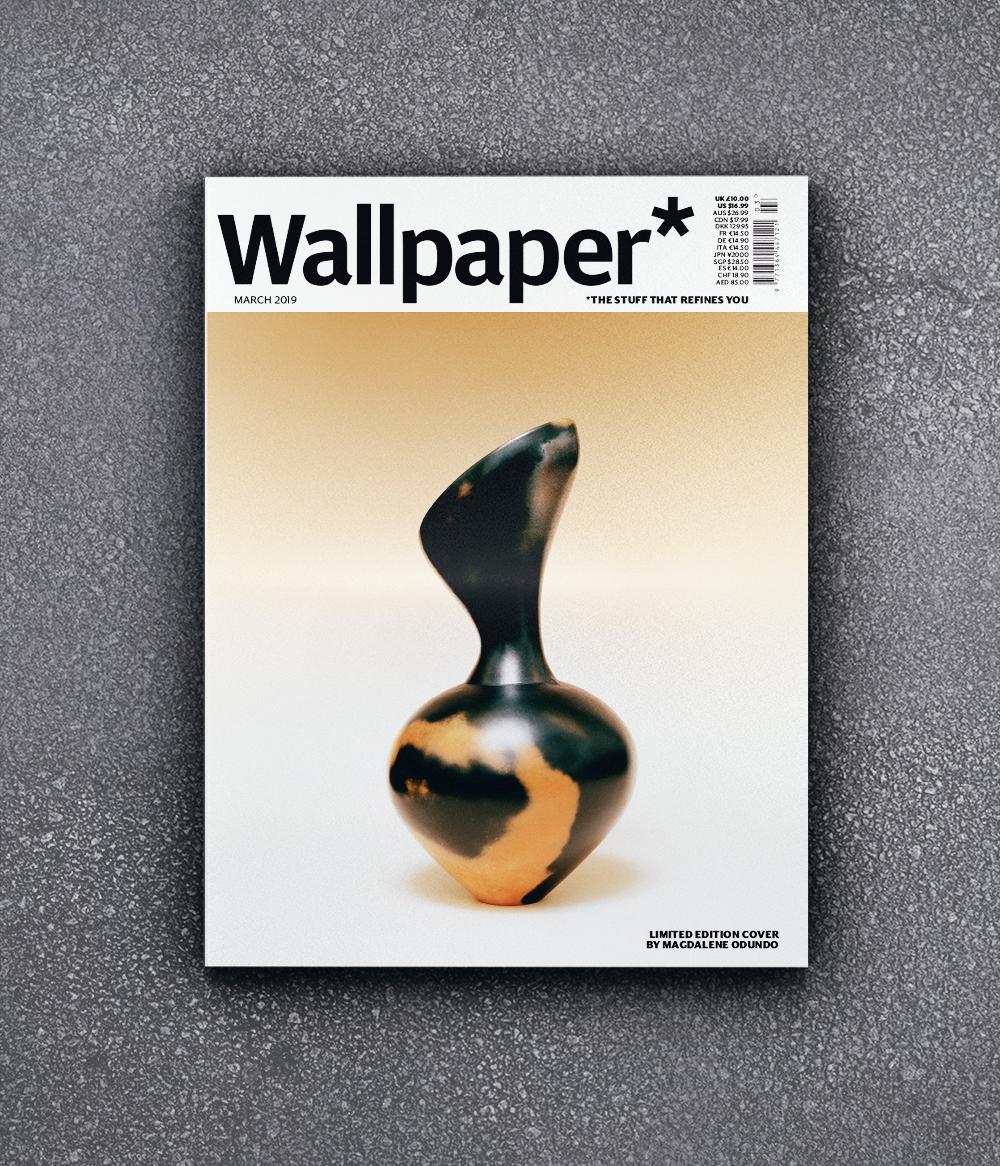
Ceramic artist Magdalene Odundo’s limited edition cover for the March 2019 issue of Wallpaper* features a new asymmetric Betu series work, 2016-2018. Courtesy of the artist and Anthony Slayter-Ralph.
‘It must be such a dream to have someone like Andrew take this broad view of your work and put it into context,’ says Moussavi, who was brought on board to design the show. Working alongside Odundo and Bonacina, Moussavi and her team first played around with the idea of displaying things based on technique or scale, before deciding to create a less dogmatic ‘terrain’ running through the gallery space. ‘It’s truer to Magdalene’s journey,’ says Moussavi. Works are grouped together to create inspirational ‘backdrops’, ‘but there are always overlaps’, explains Moussavi, who wanted to show the borderless nature of Odundo’s portfolio. ‘This is an example of how we can learn from each other; travel and looking at pieces and people other than ourselves can be hugely inspiring.’
At the centre of each section will sit works by Odundo, plucked evenly from throughout her four-decade career. Pulling many of these works out of museums and placing them together has made an impact on Odundo. ‘It’s been surprising to see where I started and where I’ve got to,’ she says. ‘And realising what a long journey I have still to make.
As originally featured in the March 2019 issue of Wallpaper* (W*240)
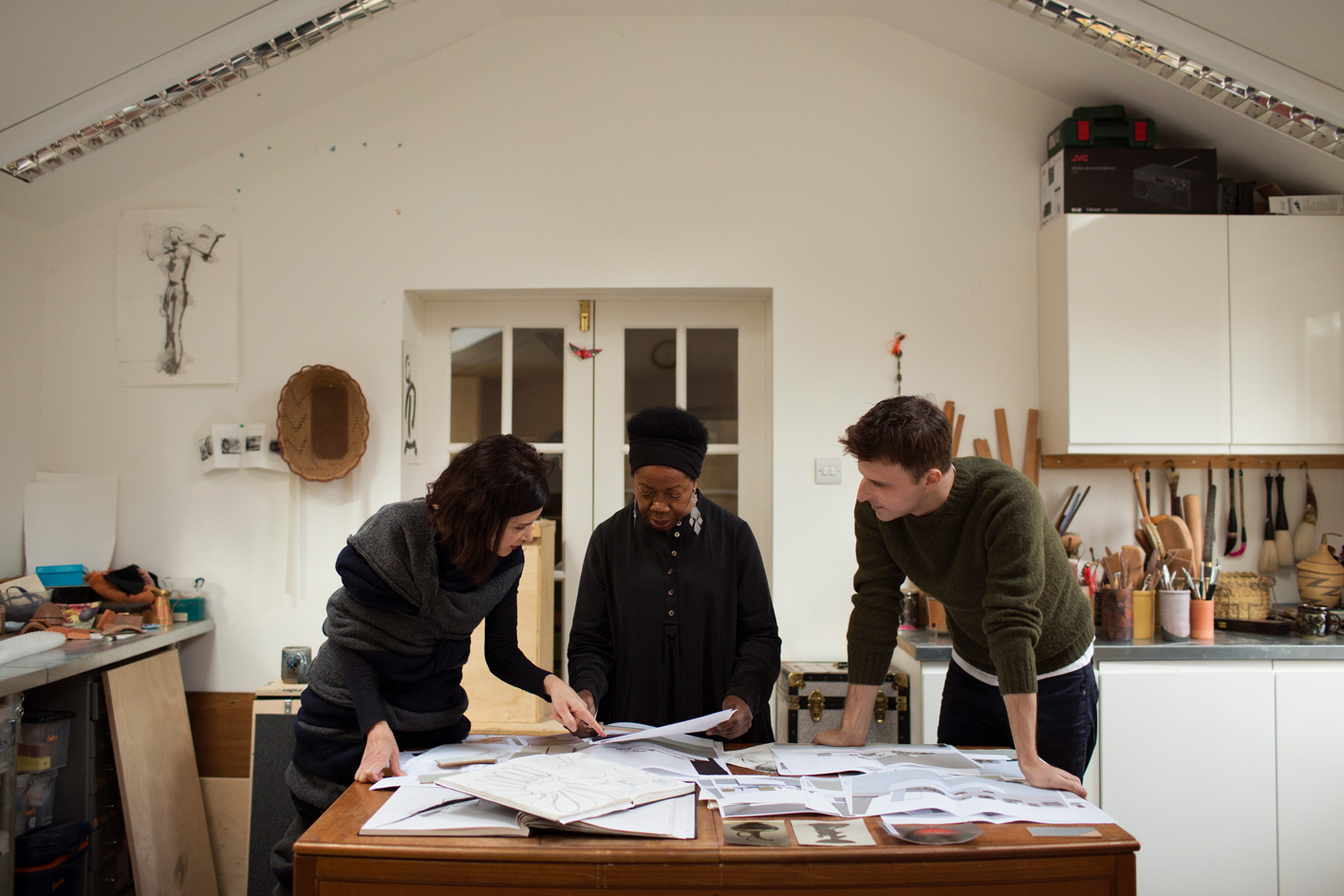
Farshid Moussavi, Odundo and Andrew Bonacina preparing the Hepworth Wakefield show.
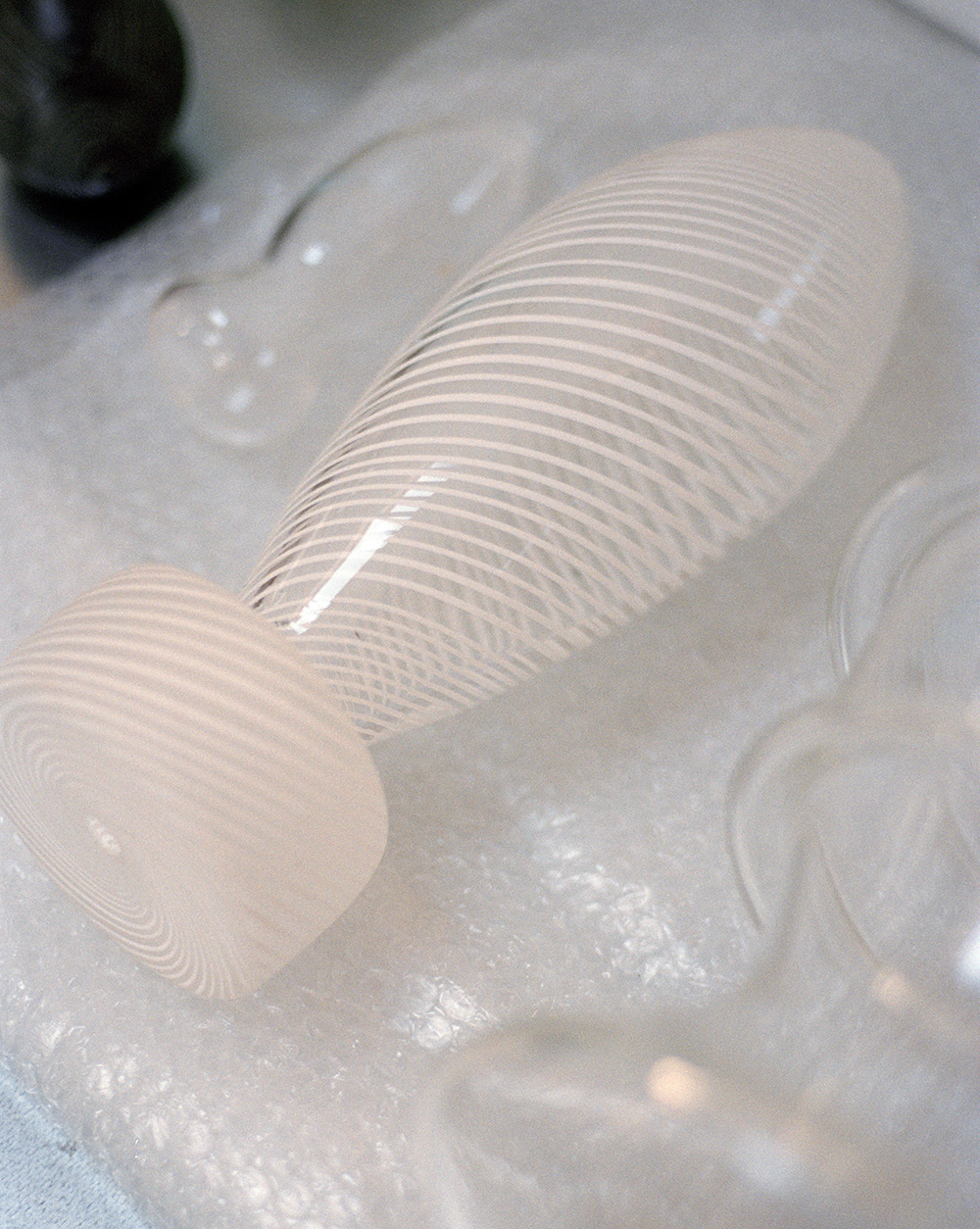
Metamorphosis and Transformation, 2011, hot blown glass, by Magdalene Odundo.
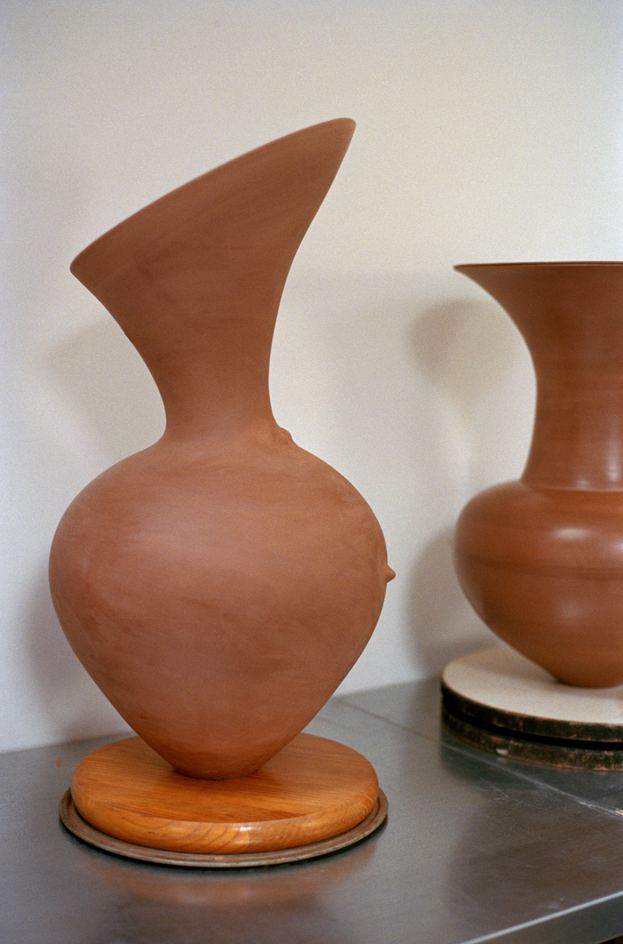
Work in progress in the studio.
INFORMATION
‘Magdalene Odundo: The Journey of Things’ is on view from 16 February – 2 June at Hepworth Wakefield and 3 August – 15 December at Sainsbury Centre for Visual Arts, Norwich. For more information, visit Magdalene Odundo’s website, the Hepworth Wakefield website and the Sainsbury Centre for Visual Arts website
Receive our daily digest of inspiration, escapism and design stories from around the world direct to your inbox.
- Sophie Green - PhotographyPhotography
-
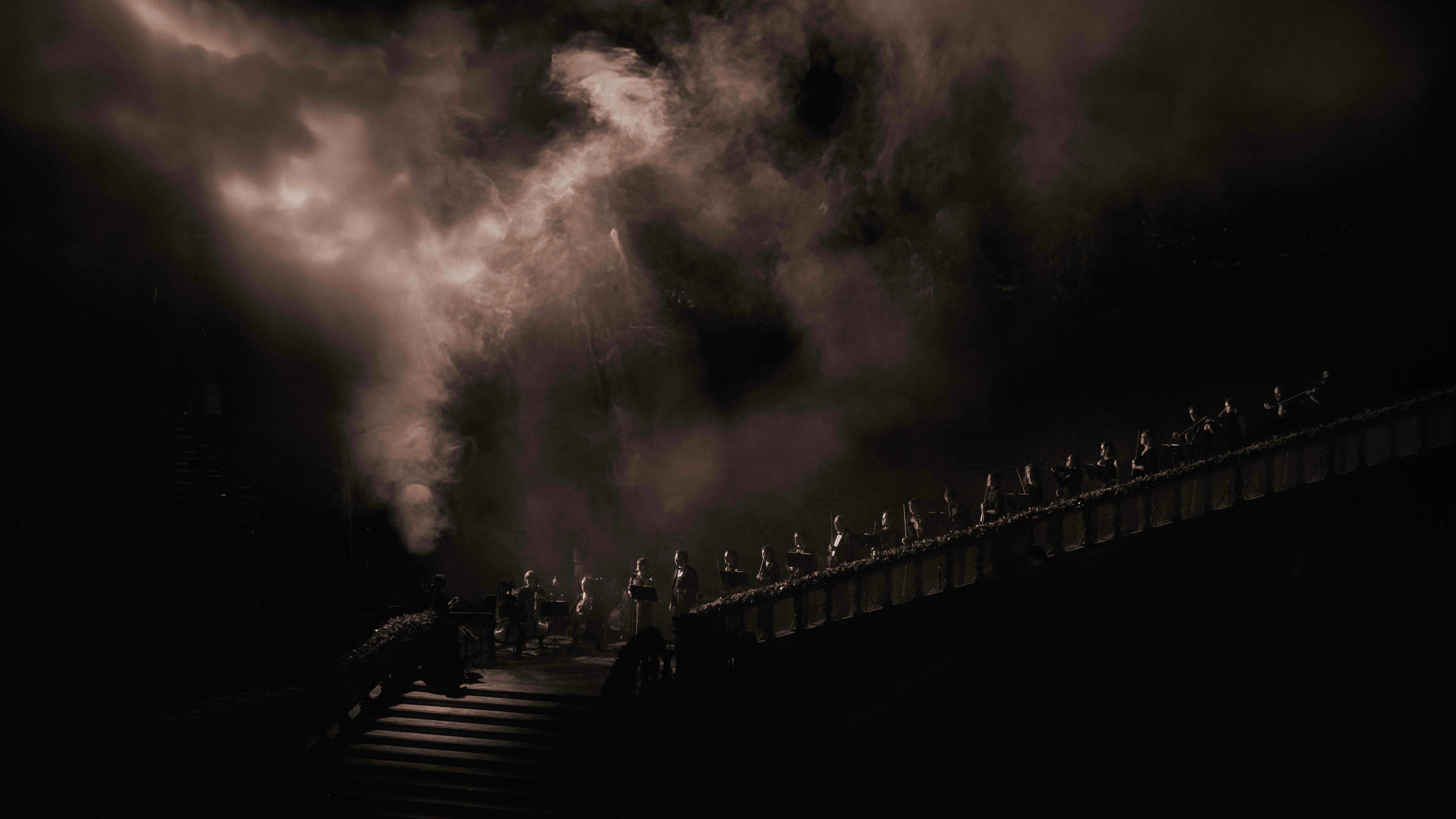 Alexander Wessely turns the Nobel Prize ceremony into a live artwork
Alexander Wessely turns the Nobel Prize ceremony into a live artworkFor the first time, the Nobel Prize banquet has been reimagined as a live artwork. Swedish-Greek artist and scenographer Alexander Wessely speaks to Wallpaper* about creating a three-act meditation on light inside Stockholm City Hall
-
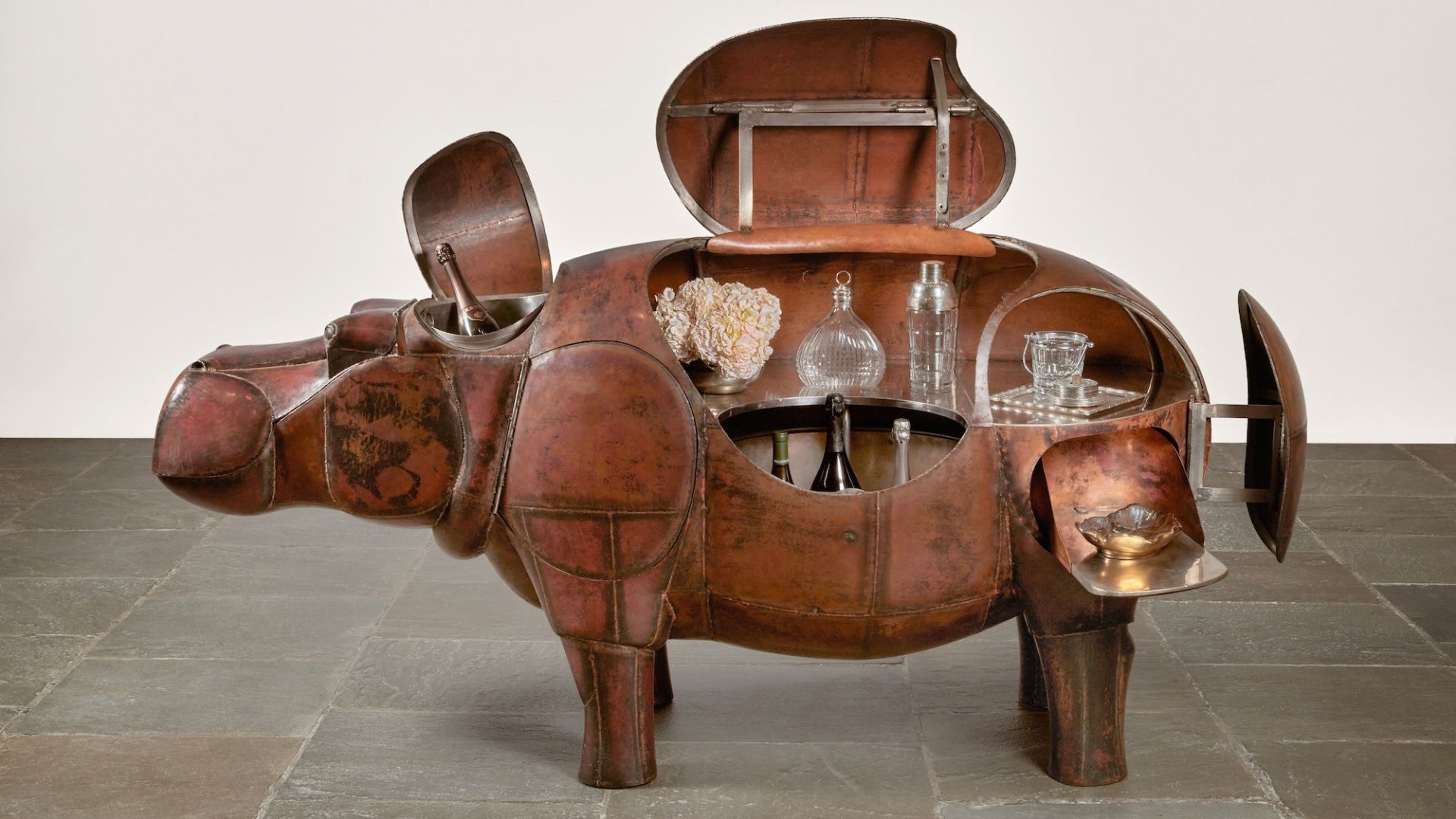 At $31.4 million, this Lalanne hippo just smashed another world auction record at Sotheby’s
At $31.4 million, this Lalanne hippo just smashed another world auction record at Sotheby’sThe jaw-dropping price marked the highest-ever for a work by François-Xavier Lalanne – and for a work of design generally
-
 NYC’s first alcohol-free members’ club is full of spirit
NYC’s first alcohol-free members’ club is full of spiritThe Maze NYC is a design-led social hub in Flatiron, redefining how the city gathers with an alcohol-free, community-driven ethos
-
 Riccardo Dalisi’s first UK retrospective opens at east London gallery Spazio Leone
Riccardo Dalisi’s first UK retrospective opens at east London gallery Spazio LeoneSpazio Leone draws together six decades of the Italian visionary’s work, from whimsical coffee pots to radical community workshops
-
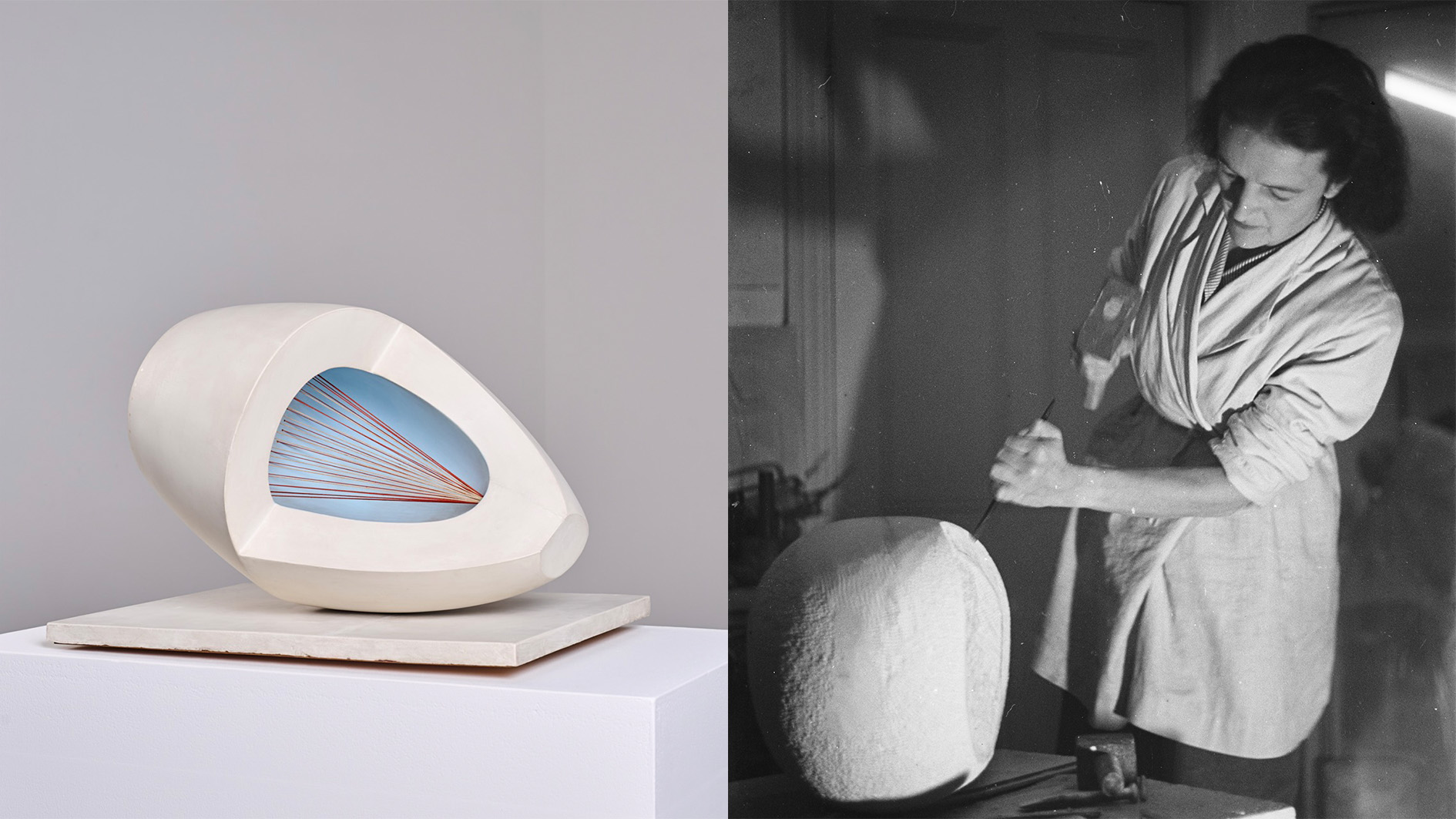 Inside the fight to keep an iconic Barbara Hepworth sculpture in the UK
Inside the fight to keep an iconic Barbara Hepworth sculpture in the UK‘Sculpture with Colour’ captures a pivotal moment in Hepworth’s career. When it was sold to an overseas buyer, UK institutions launched a campaign to keep it in the country
-
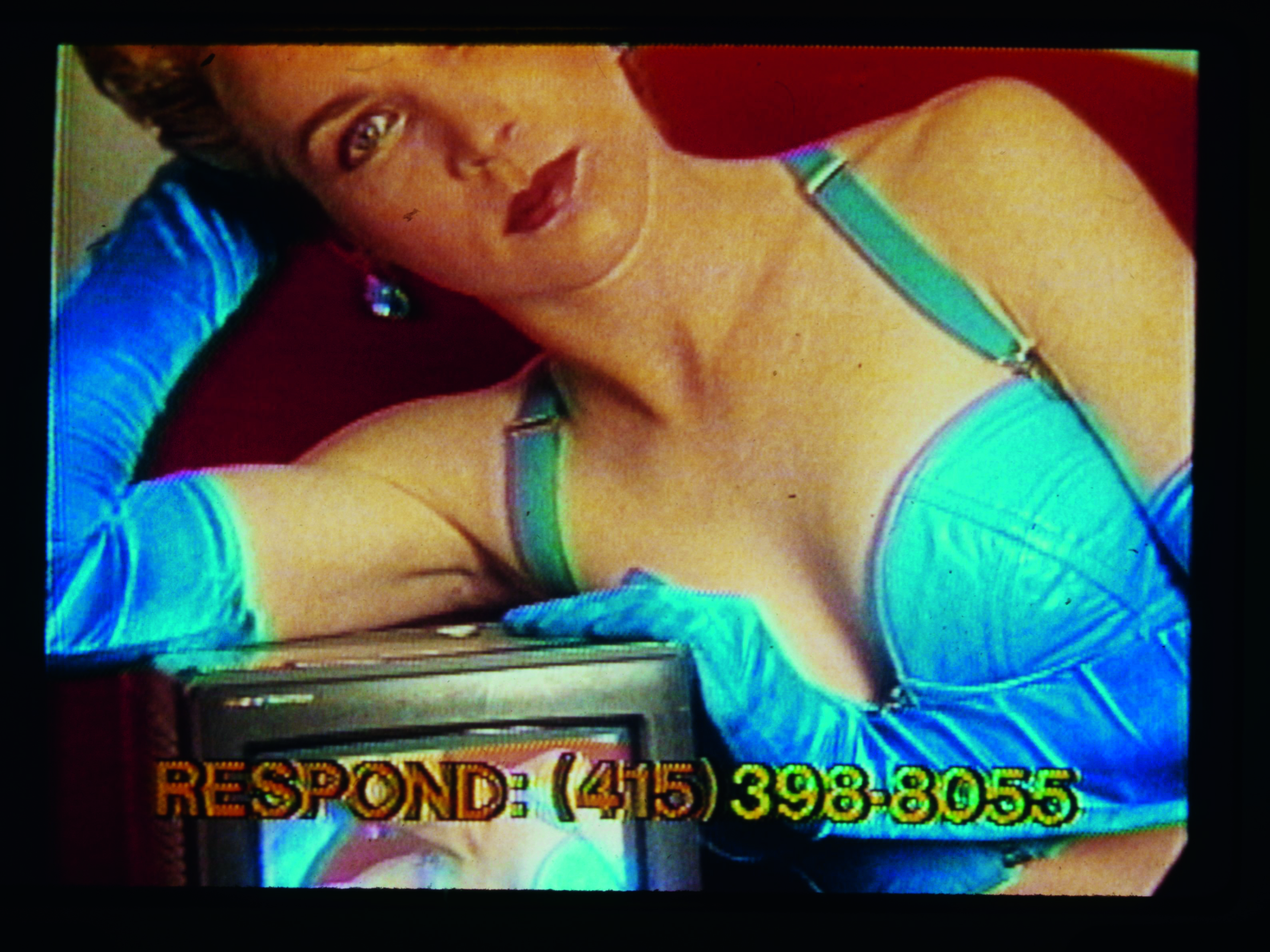 Thirty-five years after its creation, Lynn Hershman Leeson’s seminal video is as poignant as ever
Thirty-five years after its creation, Lynn Hershman Leeson’s seminal video is as poignant as everLynn Hershman Leeson’s 'Desire Inc', at 243 Luz in Margate, blurs the boundaries between art and reality
-
 Rolf Sachs’ largest exhibition to date, ‘Be-rühren’, is a playful study of touch
Rolf Sachs’ largest exhibition to date, ‘Be-rühren’, is a playful study of touchA collection of over 150 of Rolf Sachs’ works speaks to his preoccupation with transforming everyday objects to create art that is sensory – both emotionally and physically
-
 Architect Erin Besler is reframing the American tradition of barn raising
Architect Erin Besler is reframing the American tradition of barn raisingAt Art Omi sculpture and architecture park, NY, Besler turns barn raising into an inclusive project that challenges conventional notions of architecture
-
 A bespoke 40m mixed-media dragon is the centrepiece of Glastonbury’s new chill-out area
A bespoke 40m mixed-media dragon is the centrepiece of Glastonbury’s new chill-out areaNew for 2025 is Dragon's Tail – a space to offer some calm within Glastonbury’s late-night area with artwork by Edgar Phillips at its heart
-
 What is recycling good for, asks Mika Rottenberg at Hauser & Wirth Menorca
What is recycling good for, asks Mika Rottenberg at Hauser & Wirth MenorcaUS-based artist Mika Rottenberg rethinks the possibilities of rubbish in a colourful exhibition, spanning films, drawings and eerily anthropomorphic lamps
-
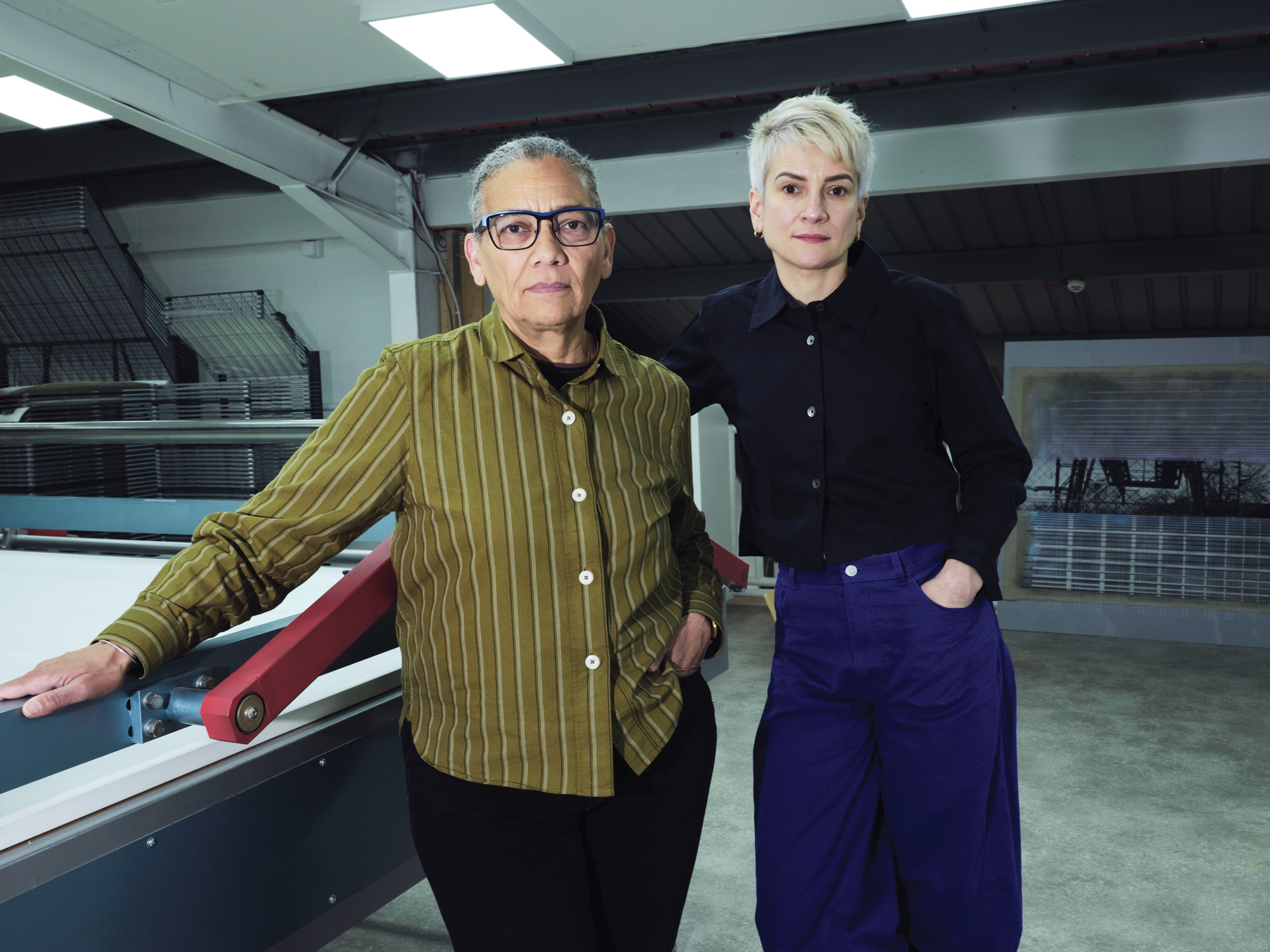 Lubaina Himid and Magda Stawarska’s new show at Kettle’s Yard will uncover the missing narratives in everyday life stories
Lubaina Himid and Magda Stawarska’s new show at Kettle’s Yard will uncover the missing narratives in everyday life storiesThe artists and partners in life are collaborating on an immersive takeover of Kettle’s Yard, Cambridge, in an exhibition that delves into a lost literary legacy